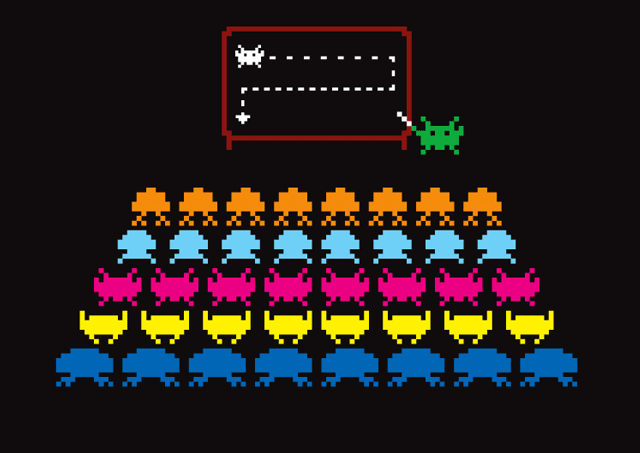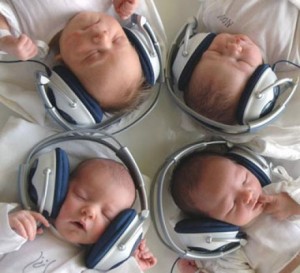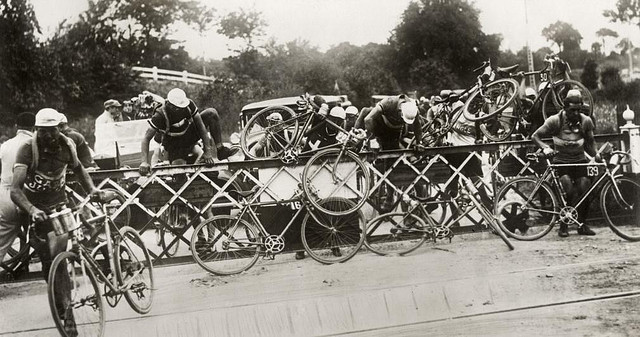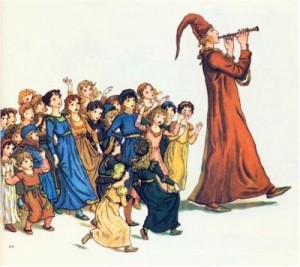This is a guest article by Simon Walklate, co-founder of Bristol, UK based game developers The Motion Monkey. He is also a drummer, former independent record label owner and music fan.
 Having played in bands for years (and even run my own independent record label at one point) I know just how difficult – and potentially costly – it can be to get your music heard.
Having played in bands for years (and even run my own independent record label at one point) I know just how difficult – and potentially costly – it can be to get your music heard.
Successful musicians and bands have been licensing their music for use in video games for decades. It’s a great opportunity to expose music to potential new fans. In fact, I’m sure pretty much everyone that plays video games can remember at least one occasion when they’ve discovered and become a fan of a band via a video game soundtrack.
But what if you don’t already have a publishing deal and label support to help make these sorts of opportunities happen? Is there a way for independent artists to get involved?
This is where the casual games market comes in.
An Introduction to Advergaming
Free-To-Play, web-based Flash games are a massive source of entertainment for millions worldwide. It’s possible to commission custom games for marketing purposes (often called ‘Advergames’) and they’re perfectly suited to help get your music heard.
You could almost think of it in terms of an interactive music video for a track, with all the same creativity involved in production. A good game designer can either create suitable game concepts and visuals that complement the music, or help you develop your own ideas before producing the finished game.
You can include these custom games on your band website, as well as have the developer distribute the game to online gaming websites for possible inclusion. This way you’re also harnessing existing online casual gaming communities to get your music heard.
The Benefits of Advergaming for Independent Musicians
Advergames provide a number of advantages to artists over other forms of paid advertising they might use:
- Direct exposure for the thing that matters most, your music - Having your music as the soundtrack to the game (or the game as the visual and interactive accompaniment to your music, depending on how you want to look at it) means you’re quite literally showing, not telling people about your music.
- Takes your music to the people – Having a website, social media presence and your music on streaming sites is great. But you need to get people to those places to hear your music, which can be tough. With an Advergame you’re taking your music to the people, rather than waiting (and hoping) for them to come find your music.
- Potentially huge worldwide exposure - Although there are no guarantees of specific numbers, the potential is virtually limitless. A great Flash game can get millions of plays (and sometimes even tens of millions). Is there another medium that has the potential for that kind of exposure for your music?
- Drive traffic to your website – Advergames are a great source of traffic for websites. Links within the game direct players to your website to find out more about you and your music and ultimately help you build your fanbase.
- Long term exposure – Advergames can continue to get huge numbers of plays over the longer term. It’s not unusual for them to keep attracting players years after launch.
- It’s innovative – Because Advergames are still a pretty new way to advertise, that’s not yet in widespread use, it may help you stand out from the crowd. Been looking for that hook to get your press release noticed both online and with traditional media? This may very well be it.
Next Steps
 Custom Advergames don’t come cheap, but they don’t have to cost the earth either. Keeping it fairly simple is the key, and having a band of four or more members to split the cost, may just make it financially viable.
Custom Advergames don’t come cheap, but they don’t have to cost the earth either. Keeping it fairly simple is the key, and having a band of four or more members to split the cost, may just make it financially viable.
You should also be aware that The Motion Monkey are offering reduced rate Advergames for self-financed artists, so get in touch if this introduction has piqued your interest in this unique and creative marketing channel.












.